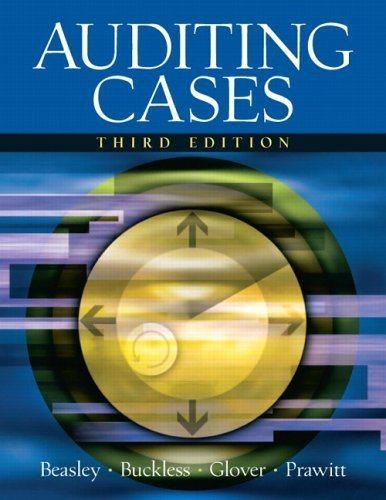
Question 1 (12 points) place signatures on a PDF file. In this question, we'll consider a problem with multiple tasks and noisy performance measures 5 . There is one risk-neutral principal and one risk-averse agent. There are two tasks. Output depends on effort in the first task: x=e1. The principal can use two distinct performance measures to reward the agent: he offers the agent an incentive scheme of the form w=+y+z, where y=e1+e2+,z=e2+, and where the noise term has expectation E[]=0 and variance Var[]=v. The agent's payoff function is Ua=E[w]21Var[w]21e1221e22. The principal's payoff is Up=E[xw]. The timing is as usual: Step 1. Principal offers agent an incentive scheme of the form w=+y+z. Step 2. Agent may accept or reject the offer. If he rejects, he receives zero outside option. Step 3. If agent accepts, then he chooses e1 and e2. Step 4. Principal pays agent w=+y+z. We'll go through the problem step-by-step. 1. (3 points) For step 3, write down the agent's maximization problem. Calculate the agent's payoff-maximizing choice of e1 and e2. 2. (4 points) For step 1, write down the principal's maximization problem, and calculate his payoff-maximizing choice of incentive strengths ( and ). What is the principal's payoff? 3. (2 points) Calculate the efficient effort levels (i.e., the effort levels e1 and e2 that maximize total payoffs Up+Ua). 4. (3 points) Explain, in words, why the efficient outcome is achieved even though the performance measures are noisy and the agent is risk-averse. Question 1 (12 points) place signatures on a PDF file. In this question, we'll consider a problem with multiple tasks and noisy performance measures 5 . There is one risk-neutral principal and one risk-averse agent. There are two tasks. Output depends on effort in the first task: x=e1. The principal can use two distinct performance measures to reward the agent: he offers the agent an incentive scheme of the form w=+y+z, where y=e1+e2+,z=e2+, and where the noise term has expectation E[]=0 and variance Var[]=v. The agent's payoff function is Ua=E[w]21Var[w]21e1221e22. The principal's payoff is Up=E[xw]. The timing is as usual: Step 1. Principal offers agent an incentive scheme of the form w=+y+z. Step 2. Agent may accept or reject the offer. If he rejects, he receives zero outside option. Step 3. If agent accepts, then he chooses e1 and e2. Step 4. Principal pays agent w=+y+z. We'll go through the problem step-by-step. 1. (3 points) For step 3, write down the agent's maximization problem. Calculate the agent's payoff-maximizing choice of e1 and e2. 2. (4 points) For step 1, write down the principal's maximization problem, and calculate his payoff-maximizing choice of incentive strengths ( and ). What is the principal's payoff? 3. (2 points) Calculate the efficient effort levels (i.e., the effort levels e1 and e2 that maximize total payoffs Up+Ua). 4. (3 points) Explain, in words, why the efficient outcome is achieved even though the performance measures are noisy and the agent is risk-averse







